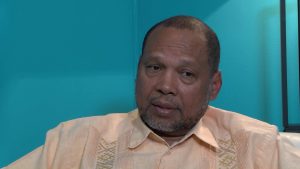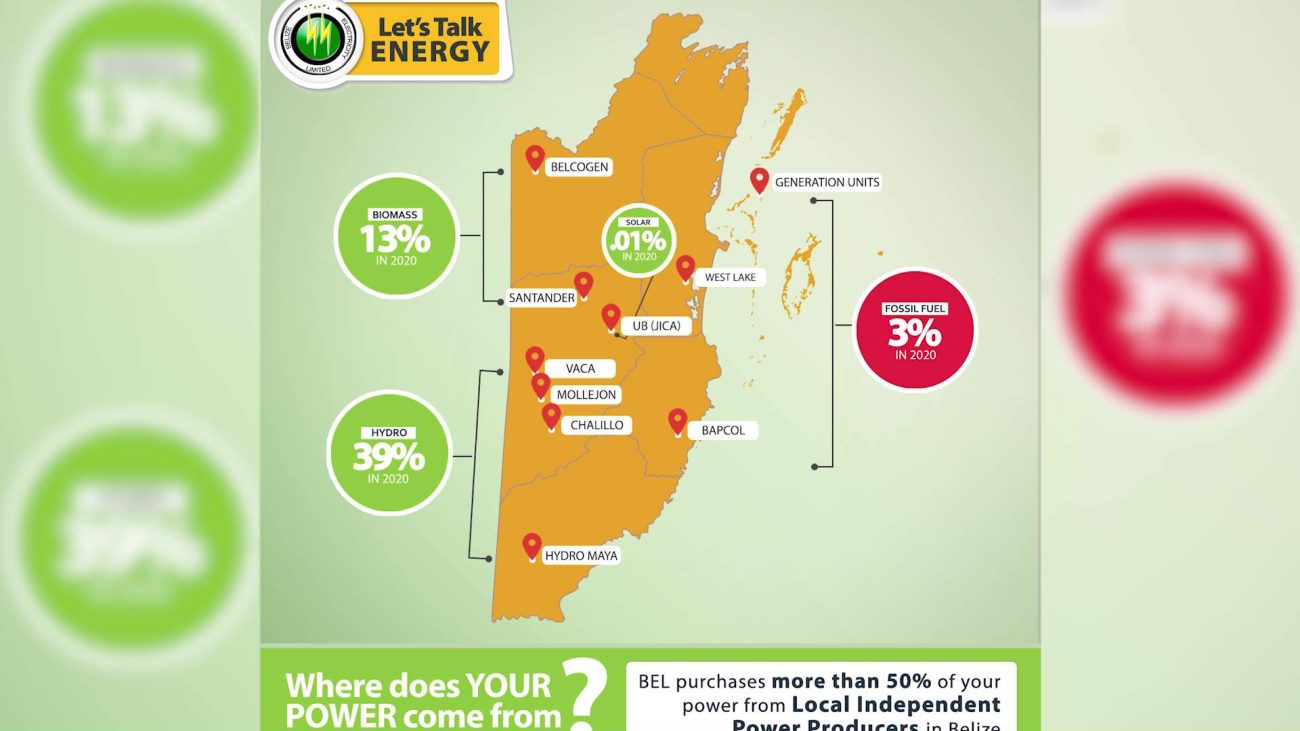Bringing Power to Belize’s Forgotten Communities
Imagine going nearly twelve hours without electricity, that was the reality for Belize City residents recently, and for many, it felt like a flashback to the dark ages. But while the blackout was temporary, it’s a daily struggle for thousands living in rural Belize, where the national grid still doesn’t reach. That’s about seven percent of our population living without reliable power. Now, there’s a glimmer of hope. Prime Minister John Briceño has tasked a special team with finding innovative, affordable solutions to bring electricity to these underserved communities. It’s a decisive step toward universal access, something that’s long been seen as too costly or even impossible.

Leroy Almendarez
Dr. Leroy Almendarez, CEO, Ministry of Public Utilities & Energy
“We are about 93% in terms of electrification in this country. It is important then to make sure that for me to use it, for you to use it, or especially those people in those rural areas, that they can actually get electricity. Kids go to school. You want internet but if you don’t have, if you don’t have energy, electricity where you can actually, you know, to allow the foundation for access to that connectivity then you’re left behind because you know we are so digital now that you want the internet, etcetera. The Prime Minister recently established a committee. And it’s a committee that I am chairing, a special electricity committee. And what we are supposed to come up with is a multi-mixed plan, but at the least cost expansion plan. And what does that mean? Whatever we include, it must be affordable and that’s how we’re going to do it. So at this point in time, how many more villages are left to be electrified? Let us look at the villages. How we going to do it? Microgrids or expansion of the national grid? Because the expansion, like I said, could be very expensive. You also have standalone systems, so that’s one way of looking at it. How do we do that? And many of these programs, like the micro grids are financed by IDB or the EU for example. So that’s one way but at some point you want everybody on the grid.”






Facebook Comments